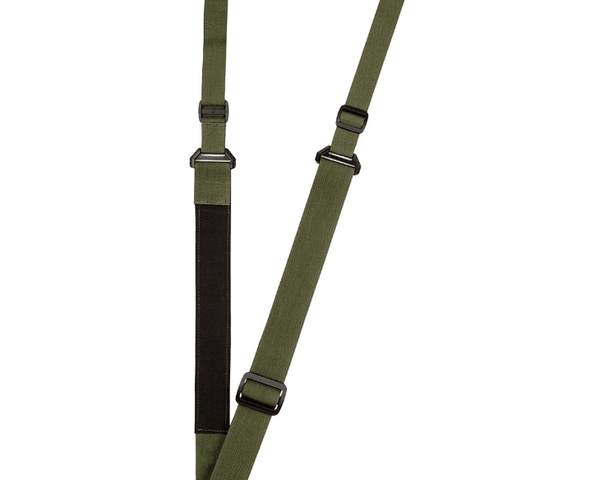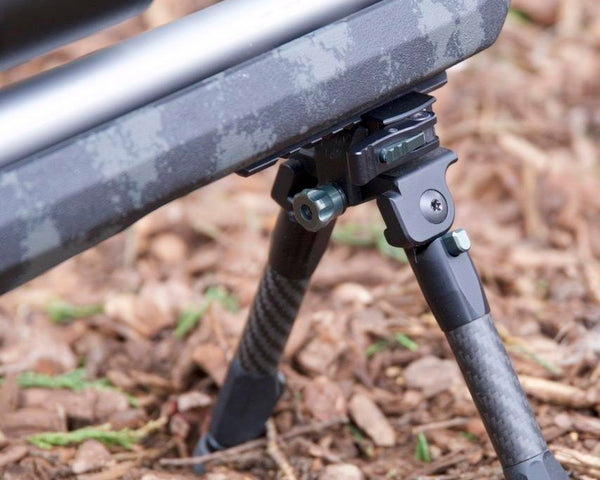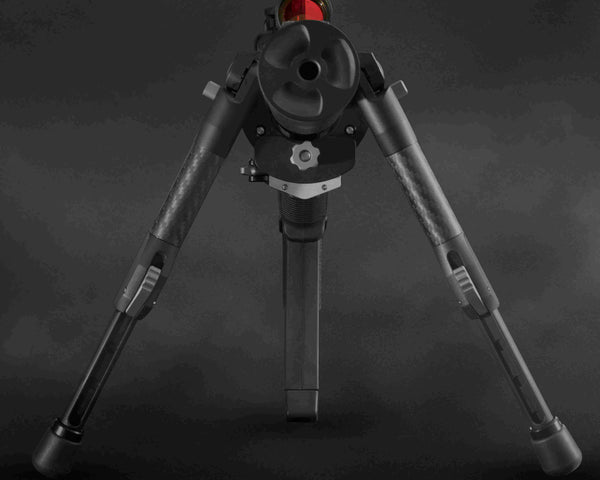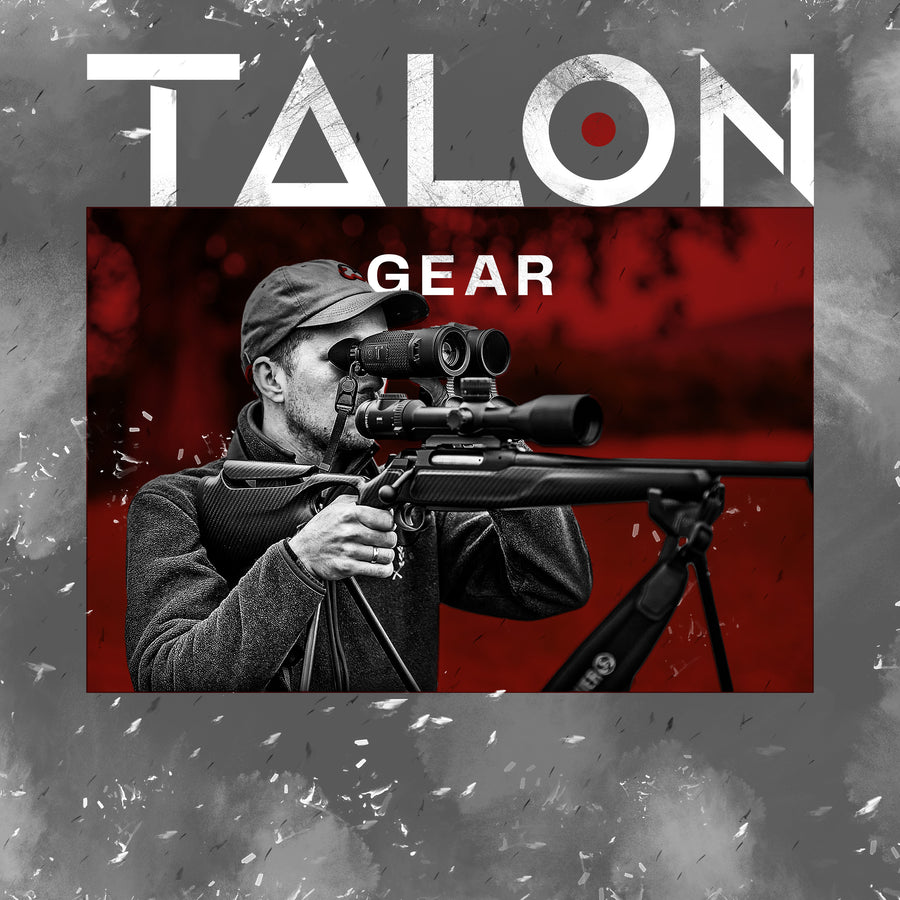In recent years, thermal spotters have become indispensable for deer stalkers and vermin hunters. Brands like PARD and Pulsar have developed some impressive devices. However, there are also newcomers to the market. We've been testing one of these new entries, Thermtec, and specifically their flagship spotter, the Thermtec Wild 650L.
Field Testing in Scotland
Our team has been using the Wild 650L for several months across Scotland, targeting deer, foxes, and rabbits. Here's a breakdown of our findings, starting with the general specifications and concluding with our field test results.
Physical Properties
At first glance, the Wild monoculars feature a cylindrical design similar to other brands, suitable for both left- and right-handed users. However, it stands out with two unique design elements: a multifunctional menu navigation button on top that operates like a joystick, allowing for clicking and directional movement, and a conveniently placed focusing wheel just ahead of this button for easy one-finger adjustment.
Model Range
Thermtec’s Wild series includes six models:
- Wild 325
- Wild 325L
- Wild 335
- Wild 335L
- Wild 650
- Wild 650L
The ‘325’ models have 25 mm lenses, ‘335’ models feature 35 mm lenses, and the ‘650’ models are equipped with 50 mm lenses. The ‘L’ designation indicates the inclusion of a laser rangefinder. The 325 and 335 models have a sensor resolution of 384 x 288 pixels, while the 650 models boast a resolution of 640 x 512 pixels. All models have an impressive NETD (Noise Equivalent Temperature Difference) value of ≤ 18 mK, demonstrating their ability to detect extremely subtle temperature differences.
The Battery
Despite its appearance suggesting an integrated battery, the Wild series from Thermtec features a removable battery located at the bottom of the unit. The battery life is up to 10 hours for models with smaller lenses and slightly less, 8 hours, for the model with a larger lens. All models use the 18650 type battery. For us a removable battery is crucial if we’re out all day and night.
Notes from the Field
So, what’s this spotter like in the field? In short, very impressive! We've tested it in all weather conditions Scotland can offer—hot days and nights, fog, mist, rain, and more. It performs incredibly well across the board.
Often, specifications don't translate into real-world performance, but that's not the case here. The spotter is highly sensitive, the image clarity and the ability to detect and identify potential prey are what make this device stand out.
The user interface is simple and intuitive to use, so you don’t need to be an IT expert to use this, and the compact laser rangefinder is straightforward and is accurate out to over 1000m plus.
At its price point, this is a piece of kit you should consider if you're looking for a new thermal spotter/monocular.
If you want to learn more, give us a call. We’d be happy to discuss it with you. Or, if you're nearby, drop into the shop for a cup of tea and try it out for yourself.






















